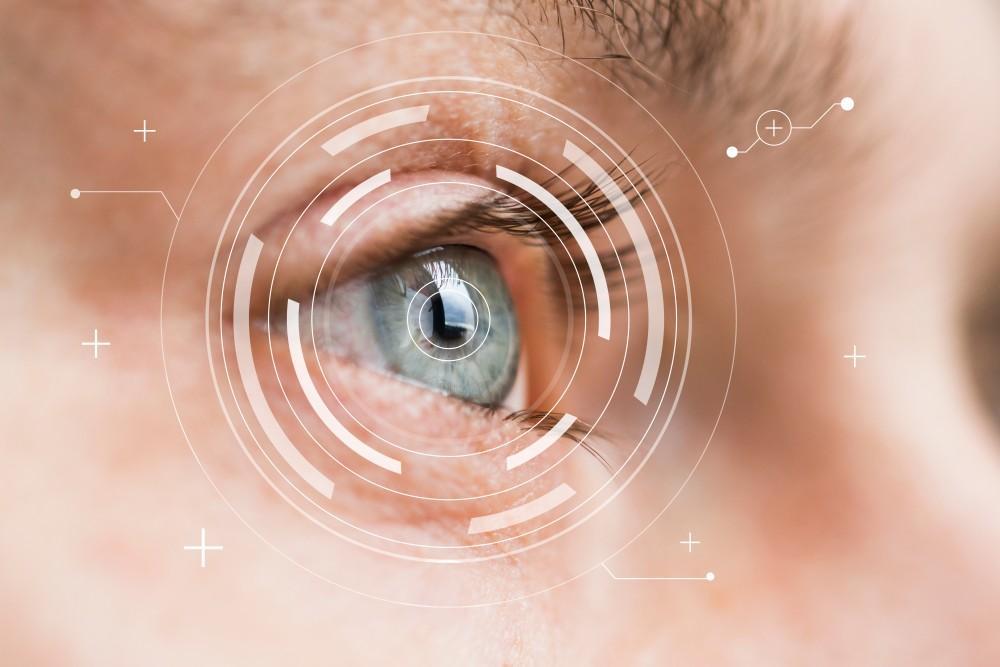
How PRK Surgery Differs From Lasik Surgery

The excimer laser revolutionized vision correction. With computer-assisted precision, lasers can reshape corneas with refractive errors, bending light in much the same way as corrective lenses, but with the added advantage of being permanent. Say goodbye to lost glasses and contact lens cleaning hassles.
Laser eye surgery isn’t a single procedure, but rather a collection of techniques, each with its own applications and advantages. Ophthalmologist Dr. Stephen Khachikian performs both laser-assisted in situ keratomileusis (LASIK) and photorefractive keratectomy (PRK). While LASIK tends to have a higher profile, both procedures are common and able to correct a wide range of refractive problems.
History of laser eye surgery
Though corrective eye surgery dates to 1948, the excimer laser came into play for the first time in 1987. PRK was the first laser procedure, though it didn’t receive Food and Drug Administration approval until 1995, four years after the LASIK system received FDA approval. Upgrades and technical improvements continue to this day, including other, less common refractive surgery procedures.
Similarities between PRK and LASIK
Laser eye surgery comes down to reshaping of the cornea so that your eyes focus light sharply on their own, without the need for corrective lenses. Both PRK and LASIK use excimer lasers to accomplish this reshaping.
Each uses similar tools and the surgical procedures are a similar length for both, though PRK is slightly quicker. Each procedure can correct nearsightedness, farsightedness, and astigmatism. The primary surgical differences between the two procedures boil down to the corneal flap required for LASIK and the longer recovery time needed for PRK.
The corneal flap
The LASIK procedure starts with the creation of a flap of corneal tissue that allows access to the cornea’s lens. This flap may be made with an instrument called a microkeratome, or another type of device called a femtosecond laser could be used. After reshaping of the lens, the flap is folded back over the cornea, and it attaches itself to surrounding tissue.
The flap itself never completely rejoins this tissue, but this is usually only a risk for high-performance contact sports participants, who may routinely expect to encounter forces that could damage the flap.
PRK doesn’t create a flap. Instead, the epithelium, a thin outer layer covering the cornea, gets removed and discarded prior to reshaping the lens. The epithelium regrows in the days following surgery and eventually restores to its pre-surgery condition.
Recovery times
Because of the regrowth of the epithelium, recovery time from a PRK procedure takes longer than LASIK. However, for some eye patients, the PRK procedure may be the best option. Those with high correction factors are usually better suited to PRK. LASIK requires that a certain amount of corneal tissue remains after shaping, and there may not be enough for those requiring extensive work.
Once you’ve decided to seek laser vision correction, there is a range of factors that you’ll need to consider before your procedure. Your next step is a consultation with Dr. Khachikian to discuss your current vision, goals for corrective surgery, and lifestyle matters that may affect your choice. Call the office or use the online booking tool to set up an appointment today.
You Might Also Enjoy...


I’m Not a LASIK Candidate. What About PRK?

Telltale Signs Your Eye Problem Is a Cornea Issue

Why Are Cataracts Common In Seniors?

Can You Prevent Keratoconus From Getting Worse?


